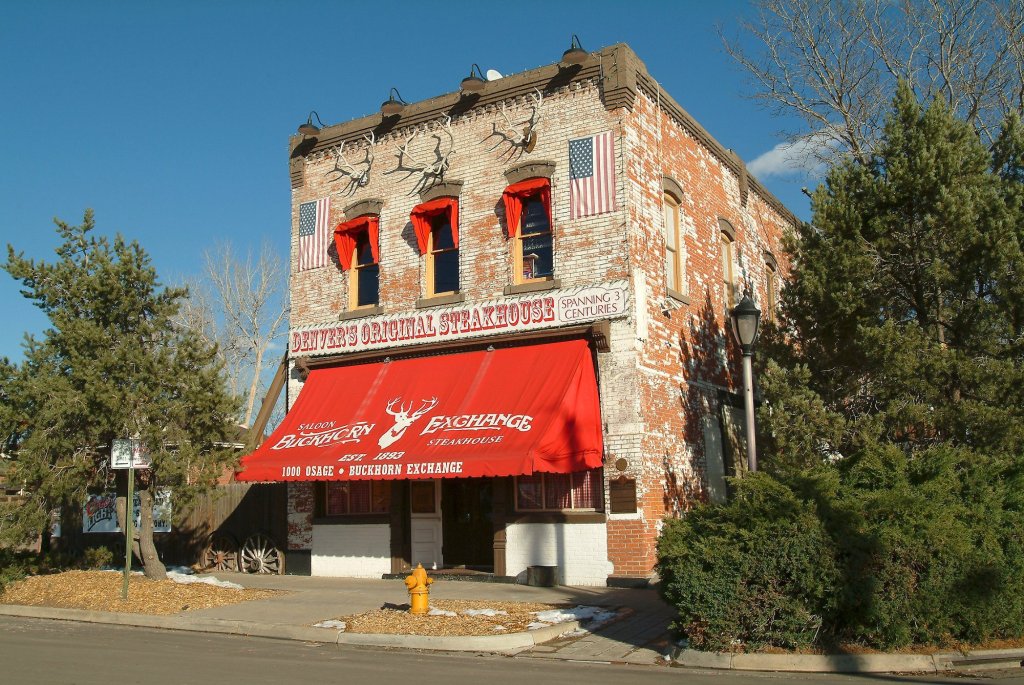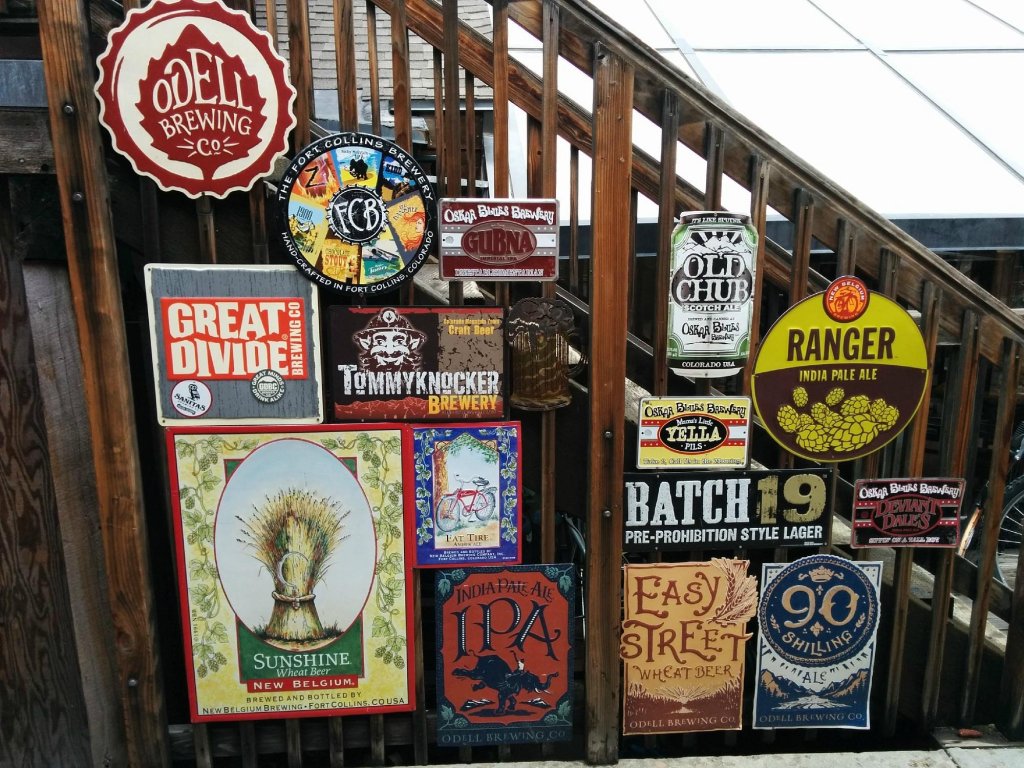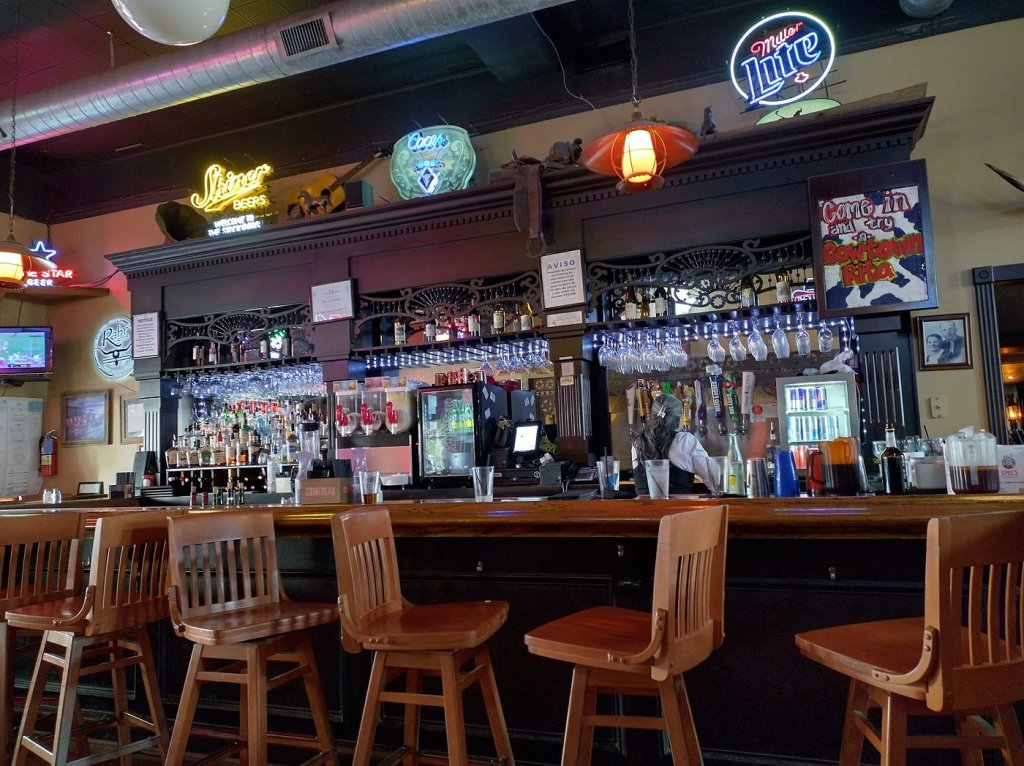Cowboy caviar, prairie oysters, swinging beef—there are many names for Rocky Mountain oysters.
And we all know the core ingredient of this American specialty: bull testicles.
Given the cheeky name, I always assumed Rocky Mountain oysters were the brainchild of some Boulder or Denver-born cattle magnate. In reality, this fried specialty is found anywhere that still practices the art of animal husbandry, including in Canada and Mexico.
Bull testicles aren’t harvested for culinary purposes; they’re a by-product of standard castration practices in cattle-raising communities. Ranchers castrate most young bull calves because it improves the quality of meat and marbling while also making the animals more manageable.
Lesser testosterone = better taste, better attitude. Plus, it’s birth control—no one wants an inbred cow.
Here’s my point: even if you feel weird about eating testicles, Rocky Mountain oysters are all about that adage of not wasting any part of the animal. Plus, they’re fried, served with condiments, and are eaten more often than we might think. (In Spain, this dish is called huevos de toro or ‘bull’s eggs’, with eggs used as slang for testicles.)
Having fun yet?
In case I haven’t turned you off Rocky Mountain oysters, you can find them in these restaurants in major cities around the United States. Turns out, my Colorado associations weren’t entirely inaccurate.
Where to eat Rocky Mountain oysters in the US
Below, I’m listing out restaurants and pubs where you can order this dish any time of year. But keep in mind that many states have well-established festivals for fans of cowboy caviar, such as the Rocky Mountain Oyster Fry in Virginia City, Nevada.
Denver, CO: Buckhorn Exchange & Stockyard Saloon

Buckhorn Exchange is Colorado’s oldest restaurant. Since 1893, it has served up beef, elk, buffalo, and more. With walls decked out in taxidermized animals, it should come as no shock that they specialize in all cuts of meat—including Rocky Mountain oysters. In fact, they’re the first offer on the appetizer menu.
But Buckhorn Exchange isn’t the only purveyor in Denver. You can also head to the casual, line-dance-happy Stockyard Saloon. Rocky Mountain oysters are served as a deep-fried appetizer that goes down well with a cold beer.
Boulder, CO: Dark Horse
This Boulder staple is a favorite for locals and visitors alike. Dark Horse serves up Rocky Mountain oysters like many other Colorado establishments, and it’s renowned for selling some of the US’s tastiest and freshest swinging beef out there. Aficionados, start here!
Estes Park, CO: Wapiti Colorado Pub

Heading to Estes Park for an outdoor adventure? Regardless of the season, one reason that families and travelers return to Estes Park is for its family-friendly atmosphere and number of traditional American eateries.
At Wapiti Colorado Pub, you’re treated to a rushing river view and indie culinary feats, from microbrews to exotic game meats. The latter should clue you into one of the pub’s specialties: Rocky Mountain oysters.
Cody, WY: Proud Cut Saloon

Similar to Estes Park, Cody, Wyoming, is a top pick for outdoor adventurers. And the Proud Cut Saloon should be high on your list of eateries—even if you don’t want anything to do with Rocky Mountain oysters.
This classic bar takes you back to the days of the Wild West, letting you sample a range of frontier dishes. Along with Rocky Mountain oysters, I suggest sampling the cheese curds and the bison burger.
Fort Worth, TX: Riscky’s Steakhouse

Riscky’s Steakhouse is the brainchild of a family-run barbecue dynasty (Riscky’s Barbecue). The brand’s access to fresh meats means one thing: you can expect fresh and delicious Rocky Mountain oysters.
Just be warned that they’re known as calf fries at Riscky’s, which is what the dish is commonly called throughout the Lone Star State. It’s also their most recommended dish.